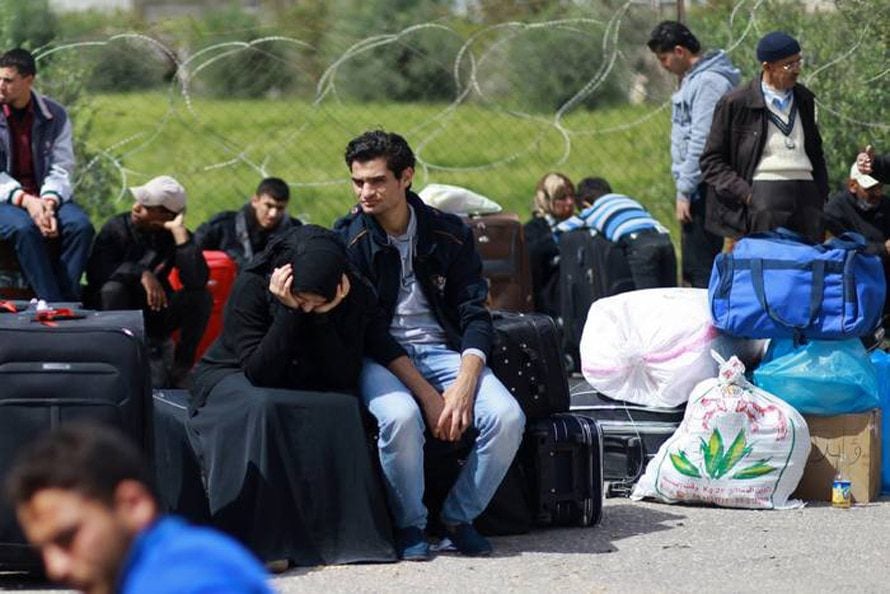
The freedom of movement, including to travel, work, study, and visit family members abroad, continues to be denied to Palestinians. The ban on movement applies also to travel between Gaza and the West Bank—including East Jerusalem—which are recognized as a single territorial unit by the international community and Israel, as signatories to the Oslo Accords. Such movement is essential to the normal functioning of Palestinian society. According to OCHA, the restrictions on the movement of people and goods between the Gaza Strip and the West Bank are part of a ‘policy of separation’ adopted by the Israeli authorities. As a result, people in Gaza are denied access to West Bank universities, cannot market their products or seek work in the West Bank, and cannot maintain normal family or cultural ties with Palestinians in the West Bank.
Since August 2010, an average of only 2,140 residents per month (belonging to the exceptional categories) have been allowed to exit Gaza via the Erez crossing, compared with the average of 25,000 exits in September 2000, before Israel tightened its restrictions on the movement of Palestinians. Despite the Israeli authorities’ commitment in 2010 to streamline entry and exit permits to and from Gaza for medical and humanitarian reasons and for aid workers, there has been no tangible improvement so far. On the contrary, there has been a decrease in the rate of permit approvals for entry or exit of the national humanitarian staff of UN agencies. The permit policy for aid workers and medical patients remains arbitrary, unpredictable, and time-consuming.
There was an improvement at the Egyptian Rafah crossing after 2011, but, since June 2013, the Egyptian authorities have kept the Rafah border crossing with Gaza closed for prolonged periods or operating far below normal levels. According to the Administration of Crossings of the Ministry of Interior, the Rafah crossing has been operating only partially, from 11 a.m. to 3 p.m., while allowing only two categories of travelers to cross: those with foreign residencies or passports, and chronic patients or severe cases with a referral from the Ministry of Health. The waiting list on the Palestinian side thus contains at least 10,000 registered travelers, of whom many are families with residency permits that are about to expire and many students and patients with chronic diseases.
In the entire month of July 2013, Egyptian authorities allowed 6,236 Palestinians to cross into Egypt. This is 30 percent less than the number who crossed in June. During the entire month of August 2013, 3,340 Palestinians crossed into Egypt, or 25 percent of those who crossed monthly before June 2013. In January 2014, 2,335 Palestinians were allowed into Egypt through Rafah.


